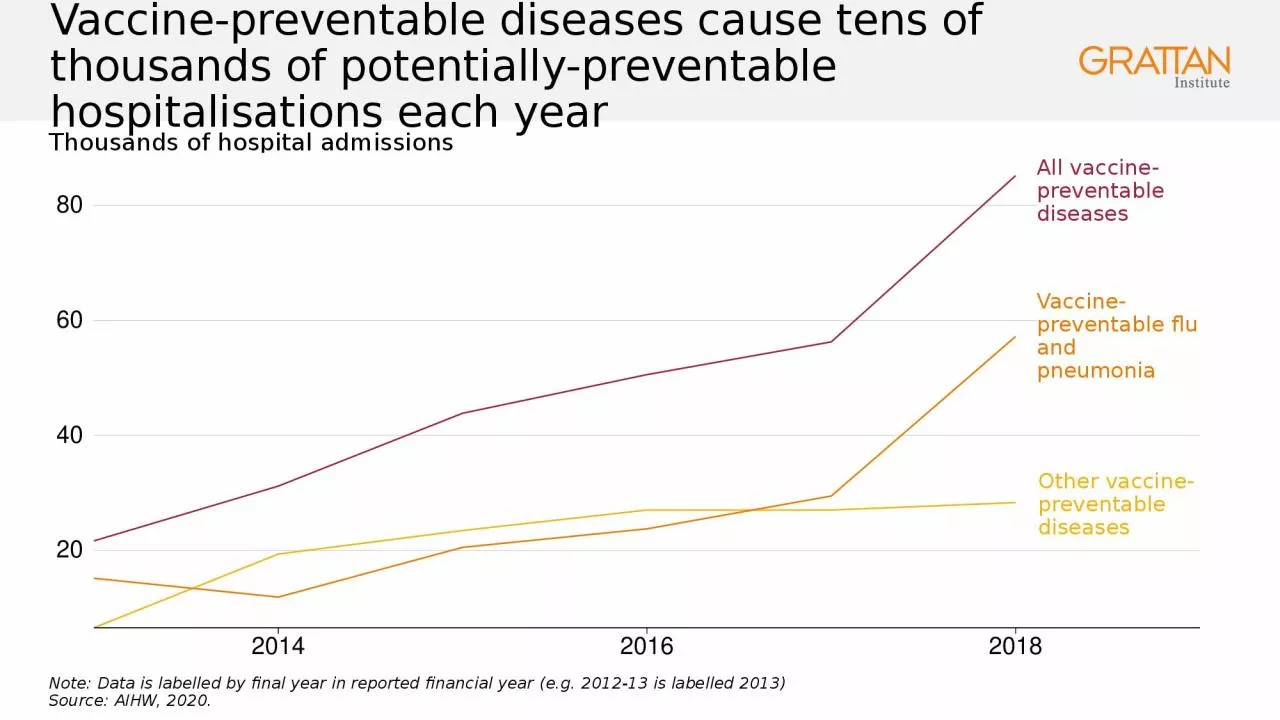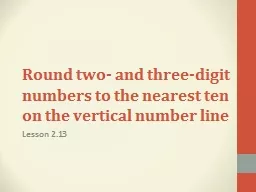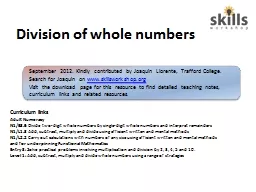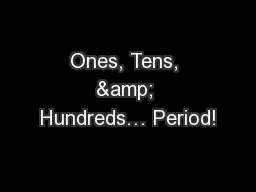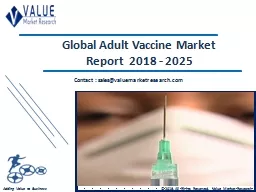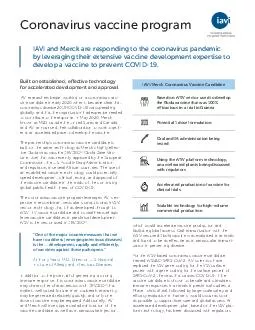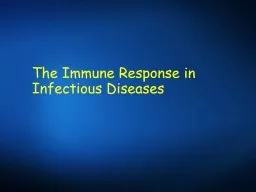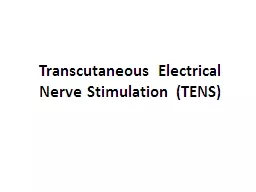PPT-Vaccine-preventable diseases cause tens of thousands of potentially-preventable
Author : roy | Published Date : 2024-03-13
hospitalisations each year Thousands of hospital admissions 20 40 60 80 2014 2016 2018 Note Data is labelled by final year in reported financial year eg 201213
Presentation Embed Code
Download Presentation
Download Presentation The PPT/PDF document "Vaccine-preventable diseases cause tens ..." is the property of its rightful owner. Permission is granted to download and print the materials on this website for personal, non-commercial use only, and to display it on your personal computer provided you do not modify the materials and that you retain all copyright notices contained in the materials. By downloading content from our website, you accept the terms of this agreement.
Vaccine-preventable diseases cause tens of thousands of potentially-preventable: Transcript
Download Rules Of Document
"Vaccine-preventable diseases cause tens of thousands of potentially-preventable"The content belongs to its owner. You may download and print it for personal use, without modification, and keep all copyright notices. By downloading, you agree to these terms.
Related Documents

